The Douglas C-74 Globemaster was a massive and pioneering heavy transport aircraft.
Gallery:




Features:
- Functioning Cargo Elevator and Door
- Interior
- Livery: USAF, Bare Metal
- Fairly accurate performance
- A cockpit that should be VR compatible
Controls:
- AG 1 and Yaw: Nose Steering
- AG 2: Cargo Door
- AG 3: Cargo Elevator
- Trim for trim
- VTOL for flaps
Notes:
- Thanks to ChiChiWerx for the roundels, plus BMilan and pancelvonat for the Jeep and C-47 used in the photos.
- There’s something undeniably cool about massive planes. Might have to make some more in the future…
Background:
Early upon the United States’ entry into World War II, there was a need for a strategic airlifter capable of operating over the vast distances of the Pacific and Atlantic while carrying heavy cargo. The Douglas Aircraft Company provided the solution with its C-74 Globemaster. It was a massive aircraft with a gross weight in excess of 150,000 lbs, larger than the B-29, and could carry over 50,000 lbs of cargo. It was of conventional design, largely resembling a scaled-up DC-4, but had two standout features. First was the “bugeye” canopy arrangement, with the pilot and copilot each having separate fighter-style canopies. This proved unpopular, however, and later aircraft were fitted with a traditional cockpit. The second unique feature was a cargo elevator that allowed a portion of the aircraft’s belly to be lowered to the ground. This eased the loading and unloading of cargo without the need for dedicated equipment.
The C-74 entered service too late to be used in the war, and only 14 were produced. Nevertheless, it would go on to have an eventful career, with Globemasters providing hurricane and flood relief throughout the U.S. on multiple occasions. But perhaps its most famous use was during the Berlin Airlift, where it delivered over a million pounds of supplies in just over 20 flights. In the Korean War, Globemasters ferried casualties, passengers, and cargo between Hawaii and the mainland U.S. A planned airliner variant was not built, though some C-74s ended up with civilian operators, transporting livestock and even serving as a movie prop.
The C-74 was retired from military use by the late 1950s and all were eventually scrapped. However, the design would form the basis of the much more widespread C-124 Globemaster II, and the name lives on today with the ubiquitous C-17 Globemaster III.
Specifications
Spotlights
- This craft is curated
- 929 1.4 years ago
General Characteristics
- Successors 3 airplane(s) +14 bonus
- Created On Windows
- Wingspan 169.9ft (51.8m)
- Length 125.0ft (38.1m)
- Height 45.7ft (13.9m)
- Empty Weight 84,066lbs (38,131kg)
- Loaded Weight 158,511lbs (71,899kg)
Performance
- Horse Power/Weight Ratio 0.041
- Wing Loading 52.4lbs/ft2 (255.9kg/m2)
- Wing Area 3,024.3ft2 (281.0m2)
- Drag Points 7837
Parts
- Number of Parts 552
- Control Surfaces 5
- Performance Cost 2,333

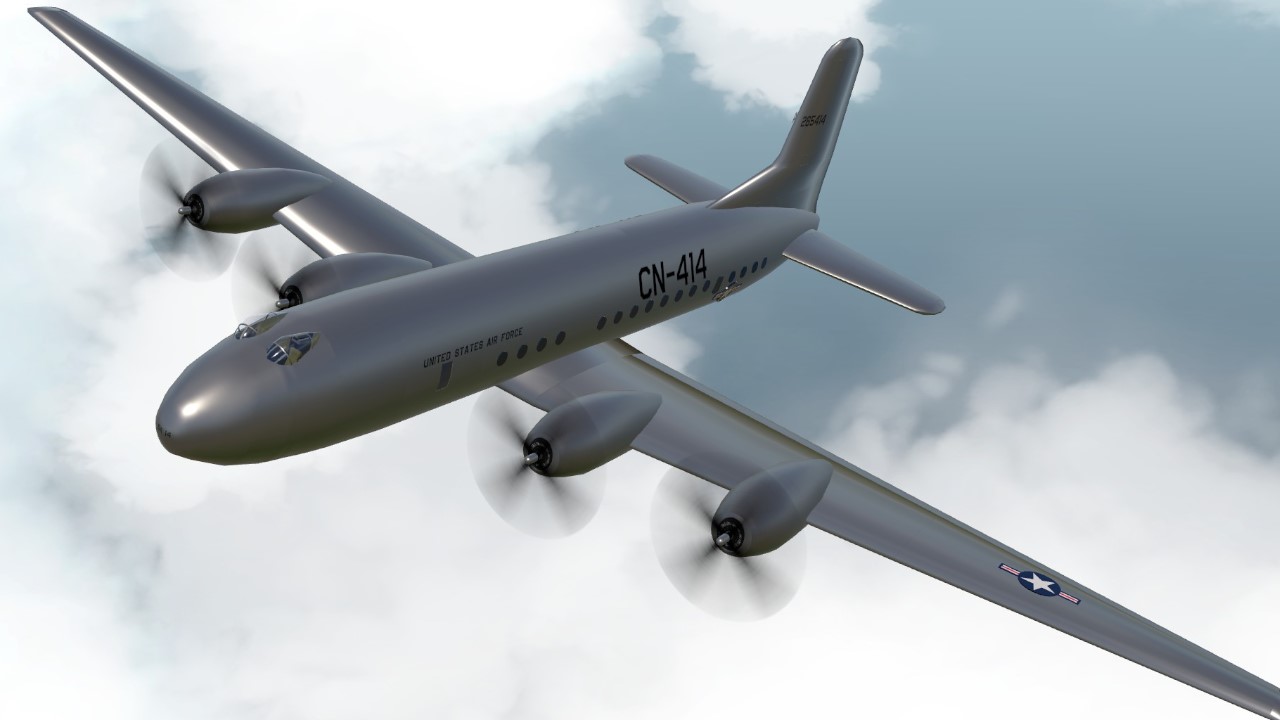
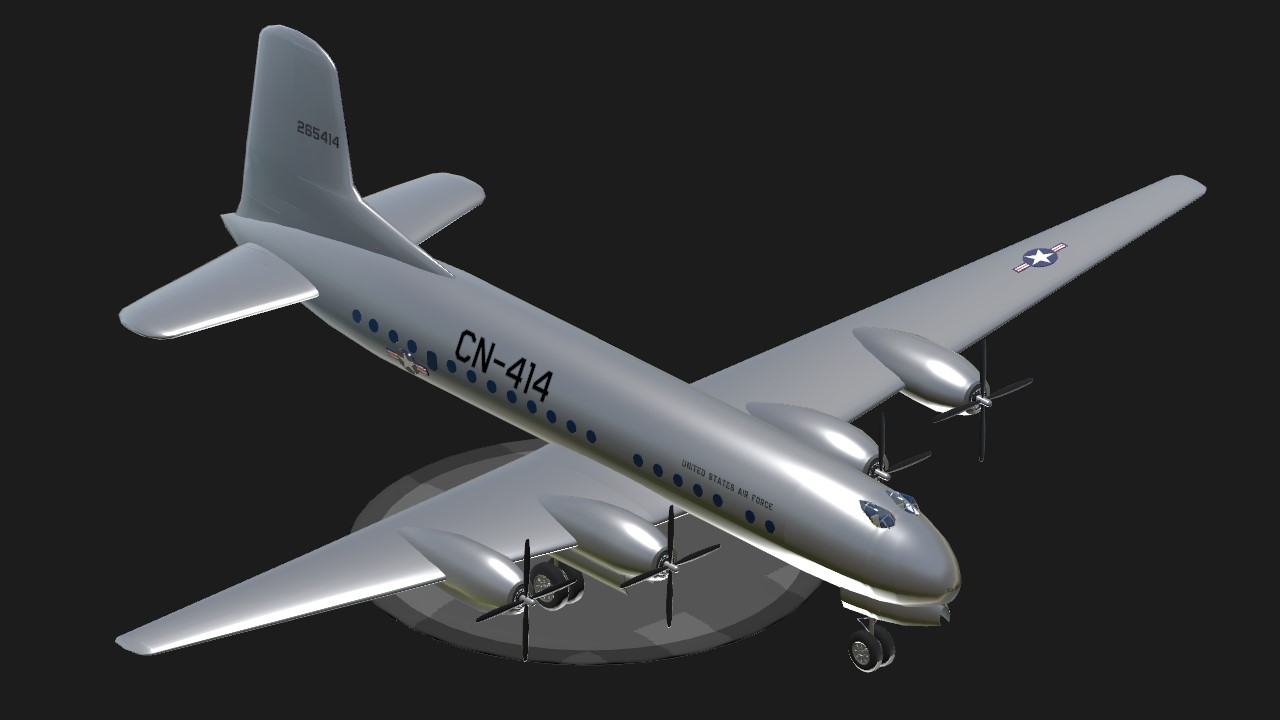
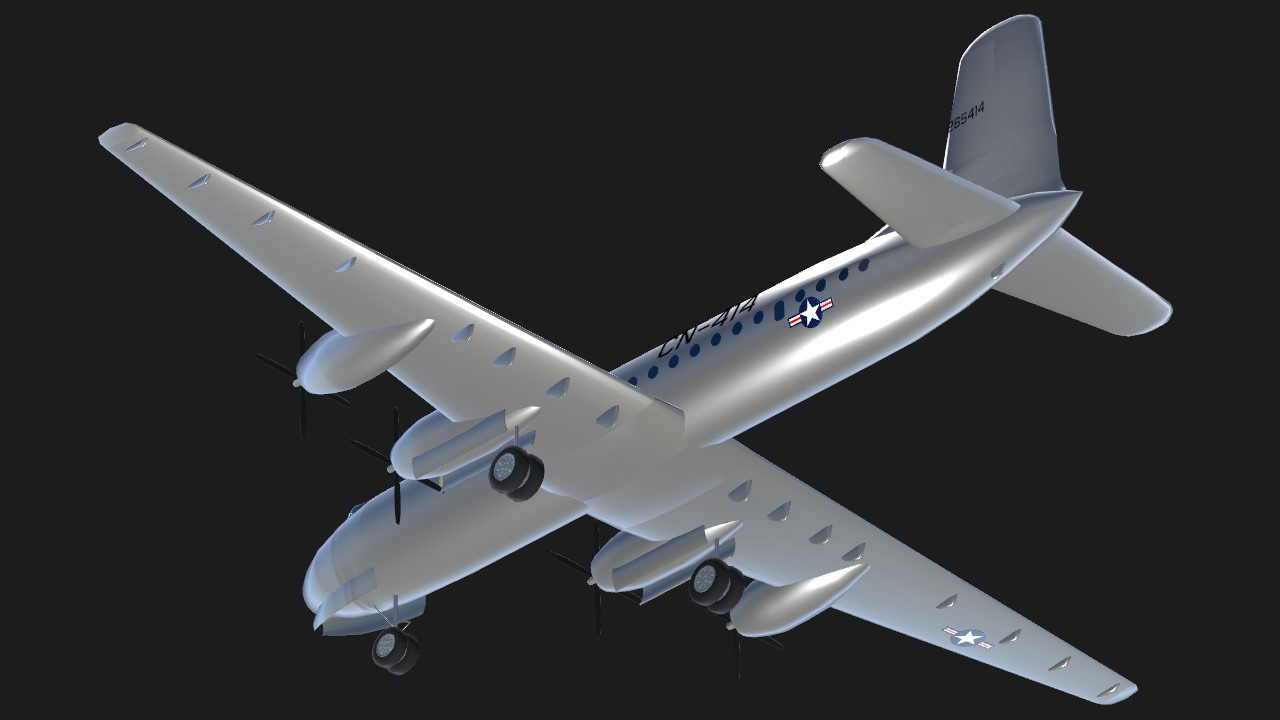
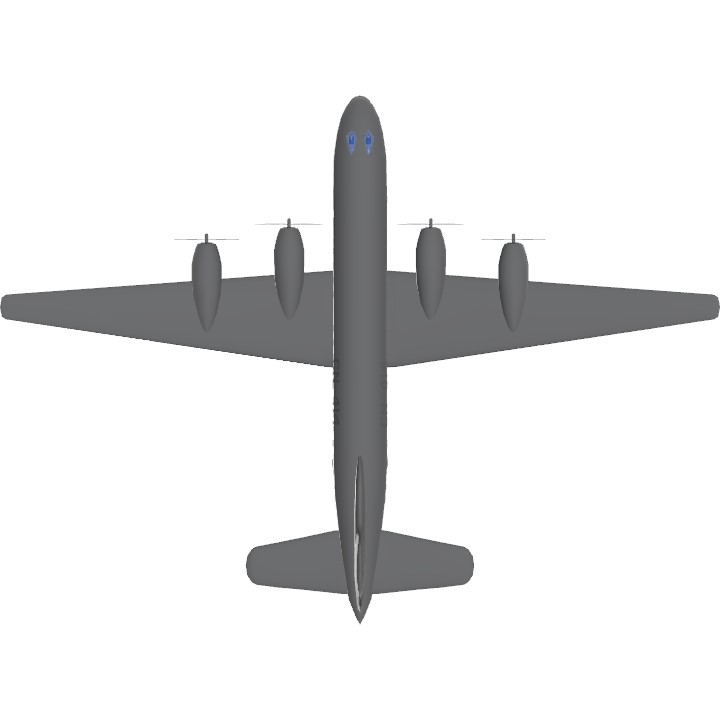
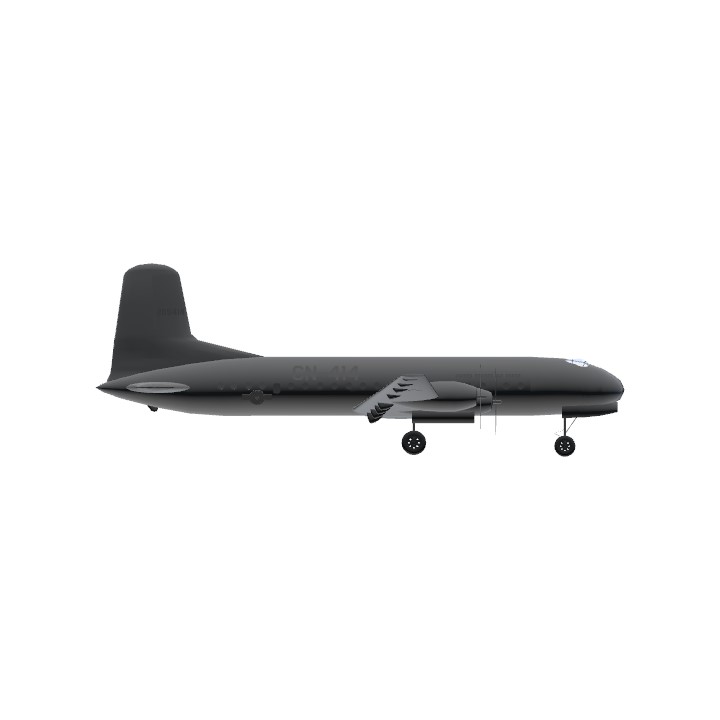
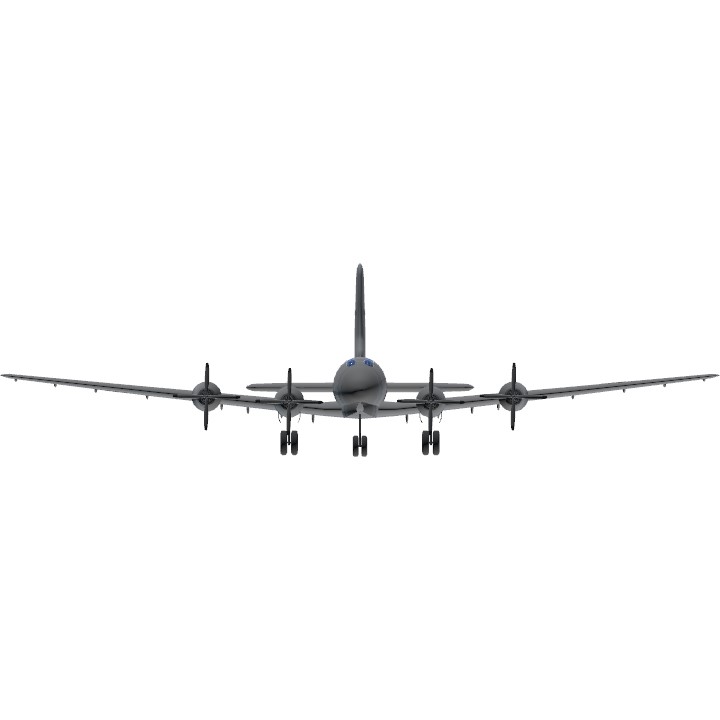
@Nahida1645 k
@UnfairchildFH227 I was busy doing real life work, I'm reworking the wings
At first i thought @Nahida1645 made this cuz i requested him lol